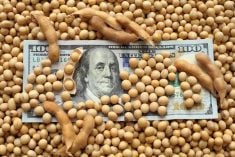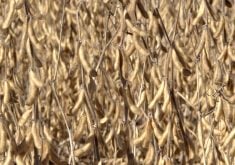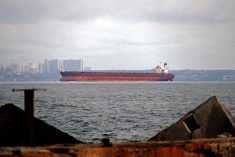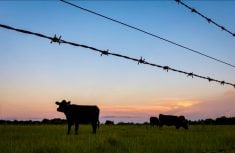MarketsFarm — There are two factors to consider when it comes to fertilizer. One is the cost as it’s to remain quite expensive at least through the first quarter of 2022, according to Chris Lawson, head of fertilizers for the CRU Group.
The other is its availability, said Todd Lewis, president of the Agricultural Producers Association of Saskatchewan (APAS).
“We forecast prices to remain at elevated levels for the first quarter. Urea prices have dropped over recent weeks, with a big pull back in the U.S. this week. But with supply still relatively tight, ammonia prices still at record highs, a large volume of European capacity remains idle (and) China out of the market until June…(w)e don’t see a sustained fall in prices for a while yet,” Lawson wrote in an email to MarketsFarm.
Read Also
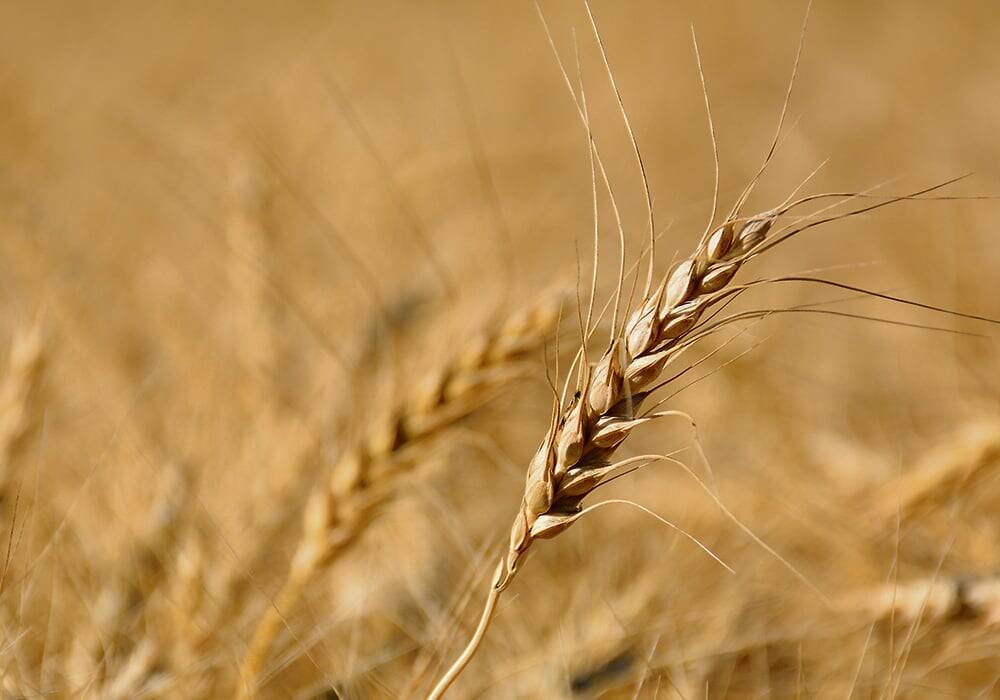
Prairie CWRS bids rise, other wheats mixed
Canada Western Red Spring (CWRS) wheat bids across the Prairie provinces saw some strength during the week ended Nov. 11, taking some direction from the United States futures. However, other wheat classes were mixed.
“We will most likely see some declines start in the second quarter, and even more so over the second half. This is when we expect energy prices to decline from the current extraordinary levels, more supply and demand rebalancing, and a general softening in commodity markets,” he said.
Lewis emphasized there needs to be real transparency from fertilizer industry.
“As producers make their seeding plans, it’s going to be important to know the fertilizer they’re going to require is going to be on time. It would be a shame to see delays because of a fertilizer shortage,” he said.
Lawson listed several factors to explain the sharp spikes in fertilizer prices over the last number of months. Those included record-high natural gas prices throughout much of Europe that curtailed or slowed nitrogen production.
Massive hikes in bulk freight rates, the current North American cold snap and the aftereffects of Hurricane Ida, as well as economic sanctions on Belarus, a country that produces 20 per cent of the world’s potash, were also factors. He further cited China halting phosphate and urea exports, export quotas by Russia and Egypt, and production issues due to the COVID-19 pandemic.
Meanwhile, Lewis said “fertilizer pricing in Western Canada has always been a mystery,” since nitrogen is already produced in the country.
At this point, Lawson doesn’t foresee farmers en masse altering their plans for what to plant in the spring.
“There is still an incentive for farmers to plant nutrient-intensive crops like corn and wheat, despite the higher input prices. So we believe some of the concerns around fertilizer demand destruction are overblown,” he said.
“Yes, prices are higher, and farmers will be incorporating more risk. But the data we have seen so far suggest little pullback in demand for developed markets like Canada.”
But to Lewis, there are very likely some producers making such considerations.
“On an individual basis, I think farmers are having that conversation, especially when you look at some of the pricing,” he said, noting the net returns for canola and durum are about the same in southern Saskatchewan.
Other than durum, he suggested there could be a move towards lentils and other pulses.
— Glen Hallick reports for MarketsFarm from Winnipeg.







